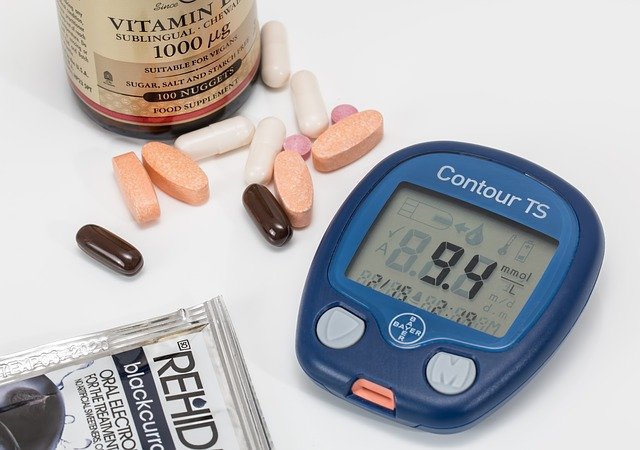Type 2 diabetes: Neighborhoods with fast-food chains may raise risk – Medical News Today
Share on PinterestNew research finds that neighborhoods with a large density of fast-food outlets are associated with a higher risk of type 2 diabetes. smodj/Getty ImagesA large study of veterans in the United States made important associations between neighborhood food sources and the incidence of …….

Share on PinterestNew research finds that neighborhoods with a large density of fast-food outlets are associated with a higher risk of type 2 diabetes. smodj/Getty Images
- A large study of veterans in the United States made important associations between neighborhood food sources and the incidence of type 2 diabetes.
- Researchers studied veterans living in rural, suburban, and high- and low-density urban neighborhoods.
- They linked a higher proportion of fast-food restaurants to a rise in type 2 diabetes in all community types.
- An increased density of supermarkets compared with other food stores was associated with lower levels of type 2 diabetes in suburban and rural communities.
New York University (NYU) scientists leveraged the power of the Veterans Health Administration to study people’s risk of developing type 2 diabetes based on their neighborhood food environment. First author Rania Kanchi, MPH, and her colleagues recounted their work in the Journal of the American Medical Association Network Open.
Prior studies had discovered that better neighborhood resources, such as healthy food and exercise availability, were associated with reduced diabetes risk. However, these studies were limited to geographically similar, urban-only environments.
Principal investigator Dr. Lorna E. Thorpe, MPH, Ph.D., and her NYU colleagues took a new tack in this unique research design.
Using the Veterans Administration Diabetes Risk cohort — a group of veterans who did not have diabetes — they observed 4,100,650 people. Then, they used United States Census Bureau data to measure food environments and stratify neighborhoods into rural, suburban, and high- and low-density urban areas.
Dr. Thorpe, director of the Division of Epidemiology and vice-chair of strategy and planning in the Department of Population Health at NYU’s Grossman School of Medicine, told Medical News Today:
“Only a few longitudinal studies have tracked the emergence of diabetes among people who live in certain environments and rigorously assessed the role of those environments on diabetes risk. Ours is among the largest, harnessing electronic health records of veterans. [A] key strength is that we were able to assess how these relationships differed across the urban and rural spectrum.”
First, researchers calculated the 5-year average number of fast-food restaurants in veterans’ neighborhoods compared to all restaurants. Then, they documented the proportion of food outlets that were supermarkets over the same timeline.
Researchers accounted for covariates — variables that could influence the study’s outcome — including education levels attained, …….







